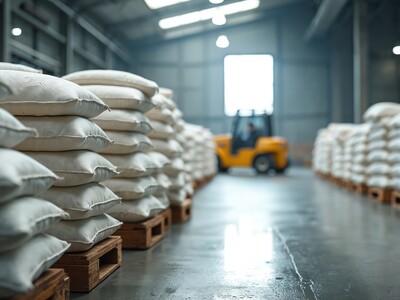Energy corrected milk
Energy corrected milk. You’re in the business of making and selling milk. So, understandably, the more milk produced on a pounds-per-cow per-day basis, the more profitable your operation can be. In fact, a study by Zoetis and Compeer Financial found that herds with high milk production increased their profitability by $192 per cow per year.1I got a video from these the wettest company. Here’s Michael Lormore, DVM, MS, MBA, director, Dairy Technical Services, ZoetisThe study analyzed 11 years of herd data from 489 year-end financial and production-record summaries to identify key areas driving profitability on dairies. When adjusted and sorted, the difference in individual cow production between the top third and bottom third of herds in this study was 20 pounds of milk per cow per day — adding up to a difference of $209,000 per year in net farm income.1
The results of the study aren’t surprising because producing more milk will outpace production costs. Here’s how: You have low variable costs, such as the small incremental cost of additional feed needed to make more milk. As milk production goes up, maintenance costs, on a per hundredweight (cwt) basis, go down as a proportion of total costs. The revenue increases from producing and selling more milk will outpace any additional costs associated with making that milk. Subsequently, dairies that generate an additional 20 pounds of milk per cow per day are generating more net farm income.
The bottom line: Making more milk makes you more profitable.
Consider these three opportunities to make more milk and, in turn, increase your dairy’s profit potential:
Optimize reproduction — Recent reports show that energy-corrected milk production is positively correlated with 21-day pregnancy rates, as well as profitability.1 Use a high-conception fertility synchronization program to help increase the number of cows that become pregnant at first service with fixed-timed artificial insemination.
Reduce somatic cell counts — Cows with a high SCC (greater than 200,000 cells/mL) can experience a loss of 576 pounds of milk.2 To reduce somatic cell counts, start by monitoring first-test SCC data from your most recent Dairy Herd Improvement test records. Then work closely with your veterinarian to establish best practices for culturing, record-keeping, hygiene, parlor management and employee training. Your prevention efforts can help achieve more milk for your dairy.
Keep the right cows in your herd longer — It is well established that third-lactation cows produce about 25% more milk per day than first-lactation cows.3 Could adverse health events be threatening your herd’s longevity and milk production? By conducting genomic testing with CLARIFIDE Plus, you can identify and invest in the right heifers — those with the lowest risk for disease and greatest livability.

















